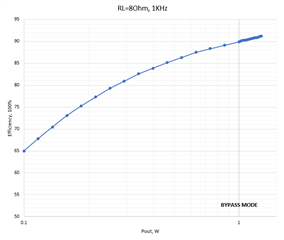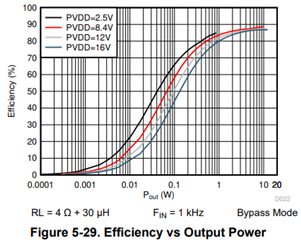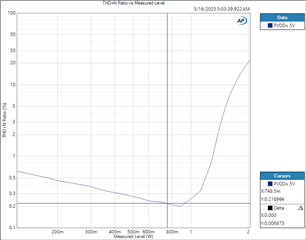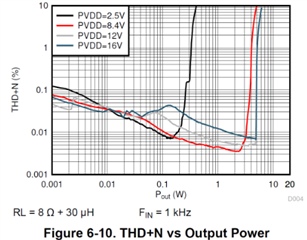Tool/software:
1. The two curves of Efficacy vs Output power and THD+N vs Output power in the TAS2563 datasheet are as follows:
Please provide a curve chart of PVDD=5V. If not, can you provide the efficiency and THD+N of PVDD=5V at 2W?
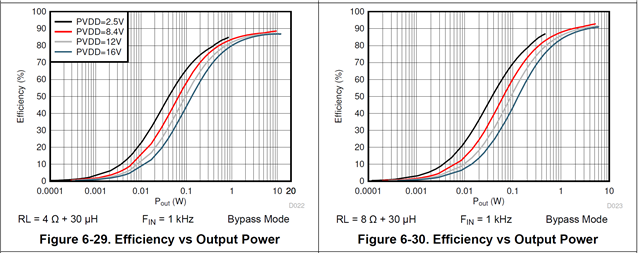
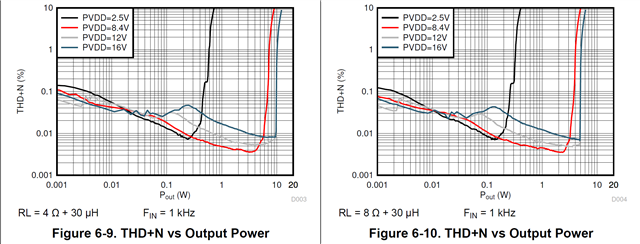
2. We would like to confirm whether there is any problem with the thermal boost of TAS2563. Is there any actual thermal test data of 6.1W or 5W for our reference?




